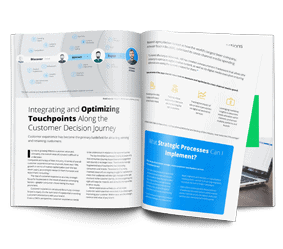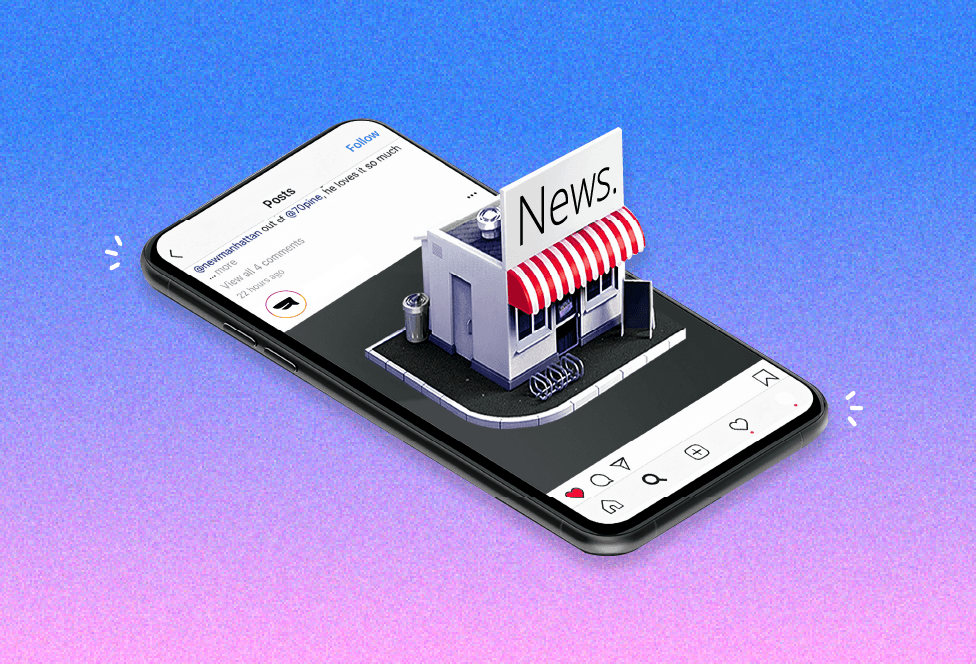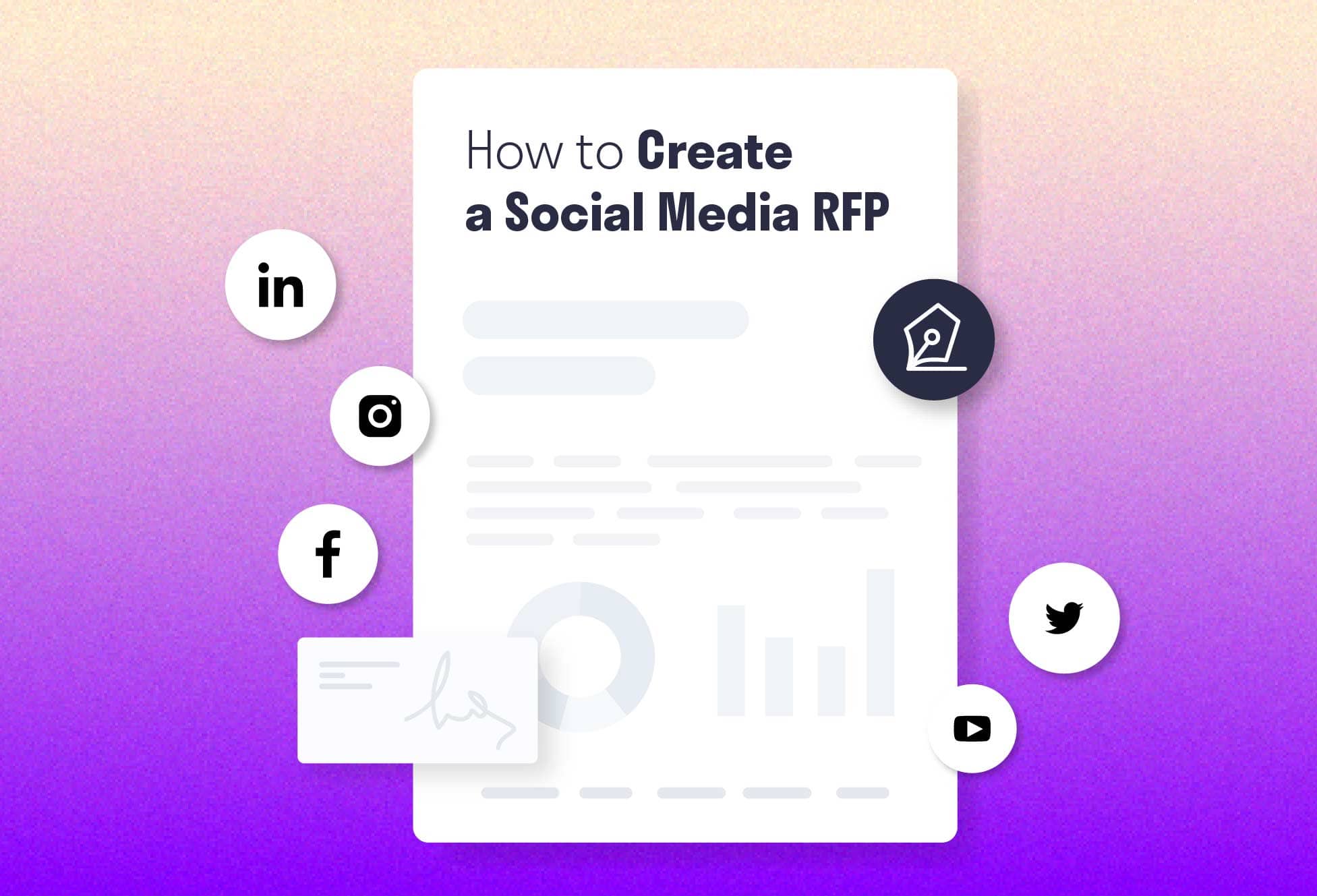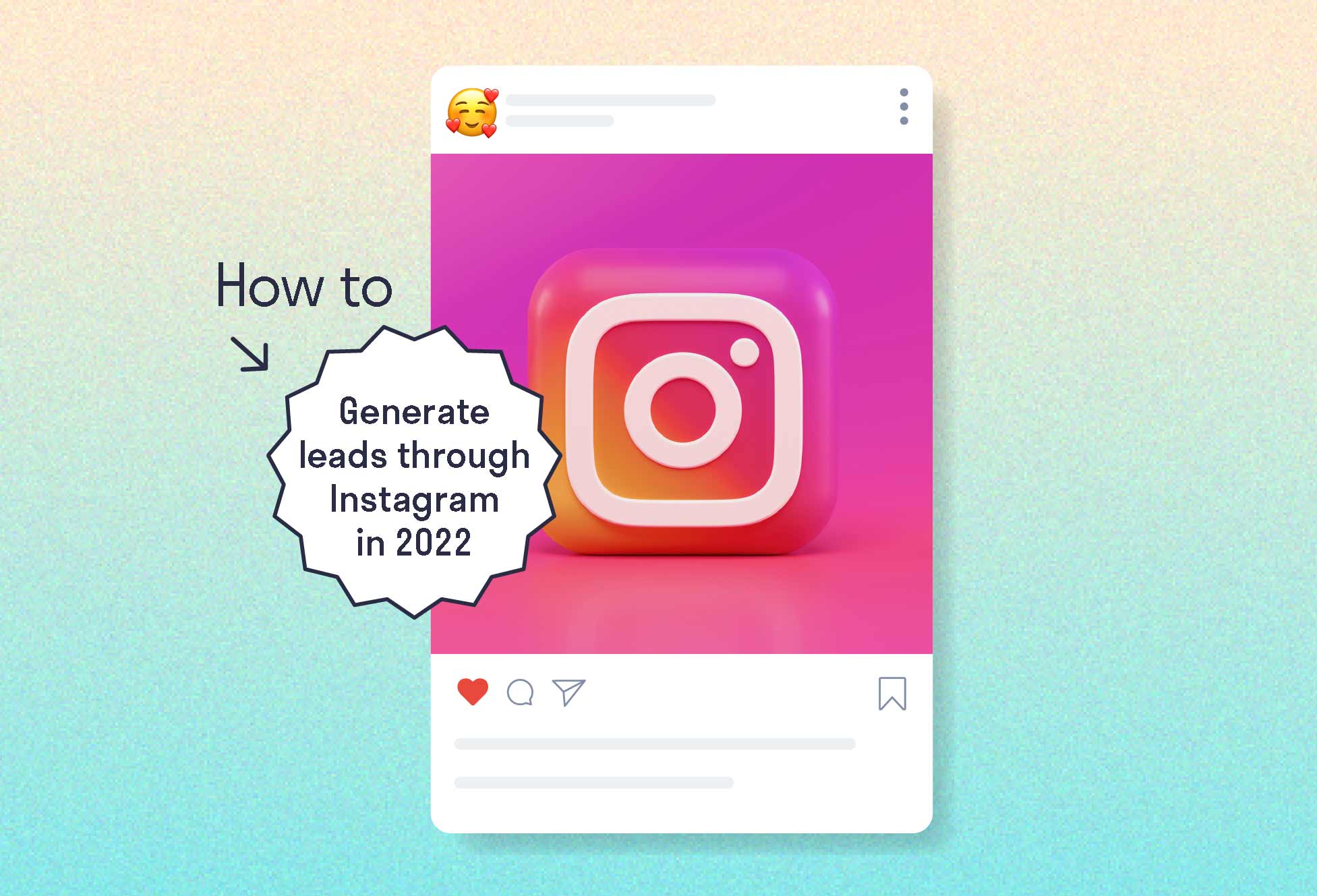Two big trends define the social media environment these days:
- Organic social reach continues to decline, making it increasingly difficult for brands to pop up in social feeds
- Brands are moving away from vanity metrics, and focusing on how to attract the right audience, people most likely to turn into customers.
Enter brand advocates.
Brand advocates carry a major importance, due to the fact that advocacy comes as a natural reaction to a positive experience with your brand. If you are offering an exceptional customer experience, your advocates will be soon to follow and repay your efforts by recommending your products to their network and defending your brand. The trigger for advocacy can be anything from a great product that satisfies an unmet need, exceptional customer service, helpful content, or a unique brand voice. As a company, you can consolidate all of these into a cohesive offering, and create all the favorable elements for advocacy to ignite.
Imagine the next time someone asks for information on your product, and one of your advocates is there to help out. Or someone complains or reacts unfairly to your brand, and your loyal fans come to your defence. These types of interactions are priceless and genuine, but building the community in which they take place requires constant dedication to maintain. Is it worth it?
“83% of users trust recommendations coming
from brand advocates.”
Brand advocates can have a big impact in all stages of the customer journey – they can amplify the reach of your message, make other people aware of your outstanding offering, influence the decision process by sharing their experiences, and even turn other fans into advocates. In other words, their influence drives action.
What about influencers?
On the other side of the spectrum, influencers are also a coveted segment for brands looking for exposure. Compared to advocates, influencers are chosen by their audience size and the purpose of this interaction is mainly centered around awareness. Consumers are savvy enough to acknowledge that different agreements, incentivised or not, exist between some brands and influencers. However, in a recent study by Twitter, around 40 percent of respondents said they’ve purchased an item online after seeing it used by an influencer on Instagram, Twitter, Vine or YouTube. The key to success is choosing the right influencers on the right networks or online environments that resonate best with your target audience.
As the environment is getting more and more competitive, it is quite often that companies look at the same influencers with huge followings in the hopes of getting an easy win – however, it is not just those few that one should be looking to. A brand should have their Tier 1, 2, and 3 of influencers, people with different audiences sizes and different levels of influence.
These two groups aren’t mutually exclusive, since advocacy is triggered by positive experiences, which are open to anyone. It might be true that some influencer relationships are incentivized in various ways, but there is enough room for true loyalty to occur. Influencers are also consumers and they have experiences with brands every single day, more so than maybe the usual users. Their standards might be higher, but you know you’ve hit the holy grail when influencers develop a passion for your brand, and become advocates themselves.
How do you identify them?
Brand advocates are talking about your brand. Should be easy enough – right? Yes, if they talk on the same channel. However consumers talk everywhere, and one must pay close attention to all interactions, online and offline, and cross-channel, in order to provide the coveted exceptional customer experience.
With so many touchpoints, do you really know what your customers are talking about? https://t.co/4iFerZ9eX6 #CX pic.twitter.com/IRRyy5wipe
— Falcon.io (@FalconIO) May 6, 2016
It’s a similar process with influencers. They are not just people talking about your brand. In fact, it’s likely they haven’t heard of your brand yet. These users are influential in areas that are relevant to your brand, so you must look at broader data to be able to identify the right users to associate your company name with.
At Falcon, we have made this process easier by introducing our customer experience platform, that gives the option to make sense of all your data and turn it into actionable insights. Our VP of Marketing, Jillian Falconi, explained this process in a recent talk at Media Slap, an event organised by The Drum:
Getting practical.
To identify influencers, we usually start by creating listening queries around the topics that are relevant to our brand – let’s say, social media. Due to our unified experience, we can identify the exact people talking about these topics, and then add a new layer of sorting, by combining other topics of interest and filtering. So, for example, we would be able to identify users from Scandinavia that have posted about social media (from the listening query) and also have posted about customer experience at any time . We are also able to see what other topics our audience is talking about and which networks most interactions come from. This is highly relevant when directing your message, as you would like the influencers to talk about you on the channel where your brand can get most benefit from. In addition, we can also label the users we find based on their relevancy to our brand and the support they can potentially provide.
How do you identify your advocates? Social listening is key in this process, as well. The difference is that this group of users has previously expressed their satisfaction with your brand. Fans need to be turned into advocates with constant attention and engagement – so at any point all fans have the potential to become advocates. Some will be further along in the relationship, which is where using labels helps us determine our approach towards them. What is crucial to us is having the ability to see all the interactions these fans have had with our brand. They might have tweeted about us once, and maybe approached us on Facebook several times, or even emailed us to express their opinion. Having this complete picture of our loyal fans, combined with knowing what other topics they are interested in, allows us to approach them with highly relevant messages, at the right time and place, and further their satisfaction and delight.
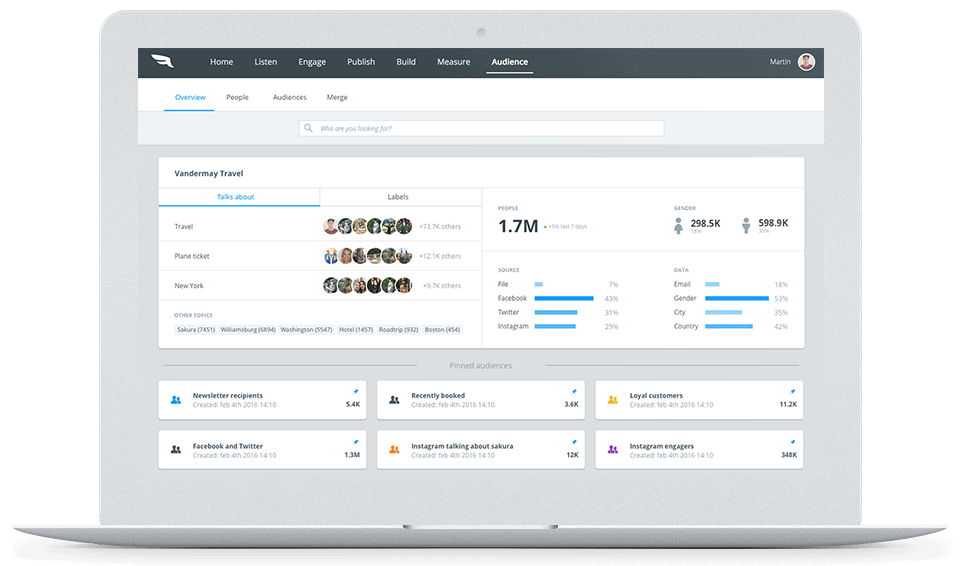
Falcon allows you to make sense of your audience in one unified experience.
The Return on Relationship
The value of brand advocates doesn’t just lay in their ability to recommend a product. 76% percent of brand advocates said they were more likely to repurchase after recommending a brand or product to someone else. (source: the Harris Poll, June 2009)
What this means is that you should continue building your relationship beyond the first points of contact. Keep an eye on the behavior of your advocates on social, monitor for any changes in sentiment towards your brand, and engage regularly with them to keep the relationship current. By investing in the right customer relationships and nurture elements, the brand-advocate relationship can turn into the gift that doesn’t stop giving.
